‘Dashain’ makes for the most important religious festival for the Nepali community living in North East Indian state of Sikkim. The festival is commonly celebrated under the name of ‘Durga Puja’ and ‘Navratri’ in other parts of India. Entire state during the fifteen days celebrations comes alive with the aura of merriment and happiness in the air. For those looking forward to a festive glamour during their holidays in Sikkim, this is probably the best time to plan their trips.
History & Significance of the Festival
According to Hindu mythology, during the Puranic times, a demon named Mahishasura had created terror in the ‘Devloka’ and it had almost become impossible for the gods to defeat him even using strongest of their powers. To get rid of such a ruthless asura, Lords Brahma, Vishnu and Mahesh blended all their super-powers and created Goddess Shakti or Durga. She fought with Mahishasura in her various manifestations for nine days, finally vanquishing him on the tenth day, which is today, celebrated as the day of ‘Bijaya Dashmi’ signifying the victory of good over evil. In other Northern parts of the country, people also celebrate this day as ‘Dussehra’ commemorating the auspicious occasion when Lord Rama killed the demon Ravana.
Duration of the Festival
The fifteen days long festival commences on the bright lunar fortnight (Shukla Paksha) of the holy Ashwin month of Bikram Sambat Calendar (mid-September to mid-October). Among these fifteen days, the most auspicious and celebrated days happen to be first, seventh, eighth, ninth and tenth, with tenth being the day of ‘Bijaya Dashmi’. Puja ceremonies, community processions, family get-togethers and festive meals are some of the integral parts of the Dashain celebrations.
Highlights & Important Rituals of the Festival
The first nine days of Dashain are considered most auspicious and when Nepalese (and other Hindu communities across India) worship Goddess Durga and her various manifestations.

The beginning of the festival is marked by the ritual of ‘Ghatasthapana Dashain’ when the seeds for sacred grass called ‘Jamara’ are sown in a sand block. This holy ritual signifies the homes to be blessed with prosperity, wealth and happiness. By the seventh day, the grass is grown 5 to 6 inches long and marks the day to be celebrated as ‘Fulpati’, a tradition wherein Nepalese decorate their puja rooms with nine types of flowers & leaves. The nine ingredients typically include a banana stem, pomegranate, rice stalk, turmeric plant, manabriksha, ginger plant, wood apple, ashoka tree stem and Jayanti. Eighth and Ninth days are yet another auspicious days when people throng to ‘Kali Mandir’ to offer animal sacrifices. Tenth day or the day of ‘Dashami’ marks celebrations and merry-making with friends and families gathering together to enjoy festive meals and dinners. The celebrations continue up till 15th day when finally the idol of Goddess Durga along with Jamara are taken in a huge procession to be immersed in sacred rivers.

















































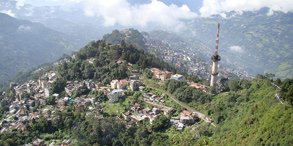
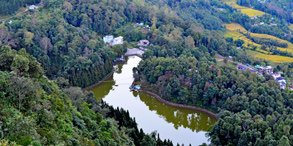
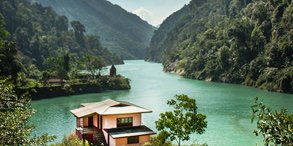
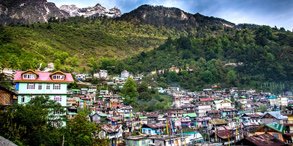
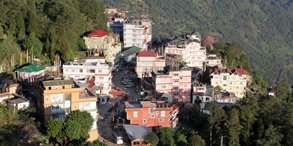
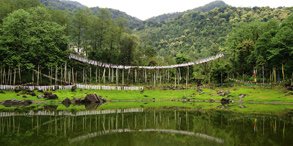
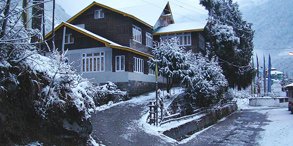
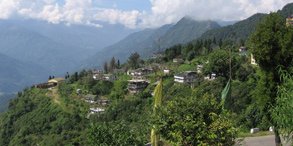
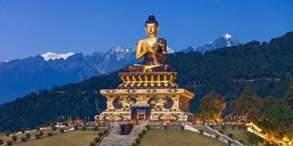
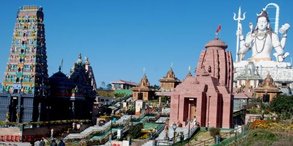
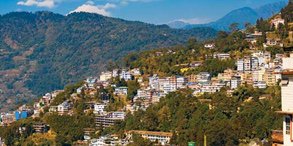
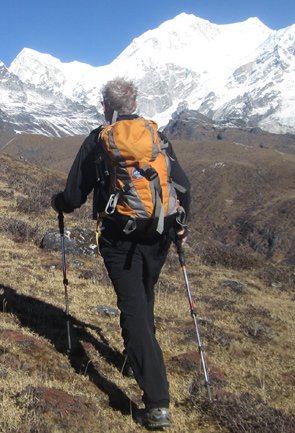
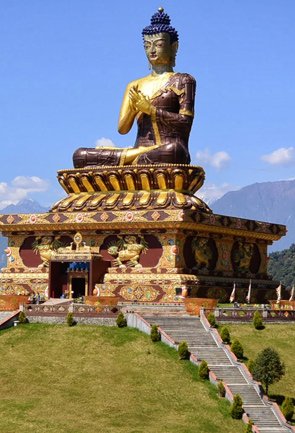

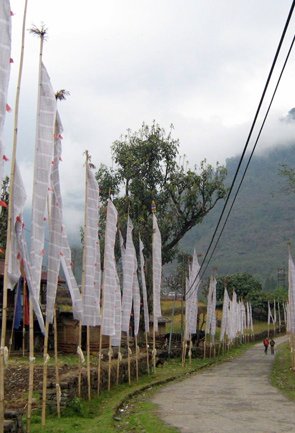
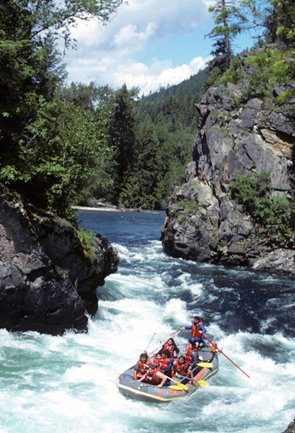

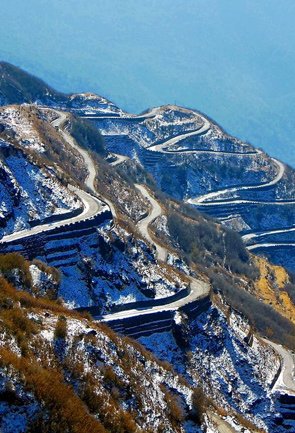

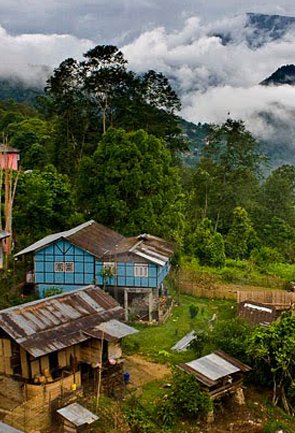
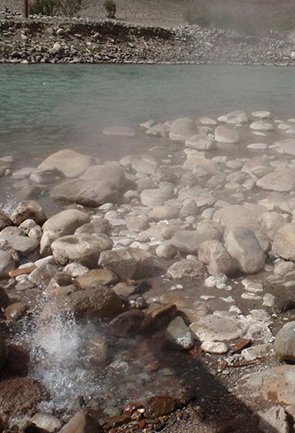
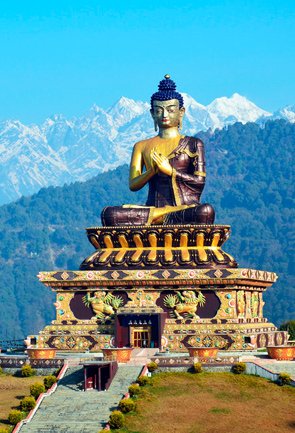

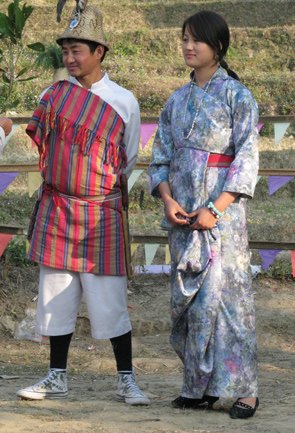
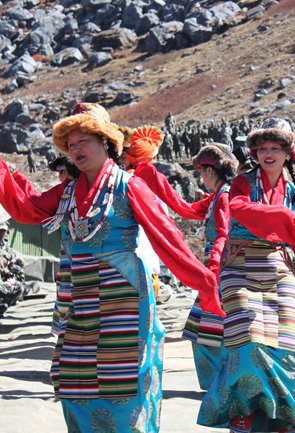
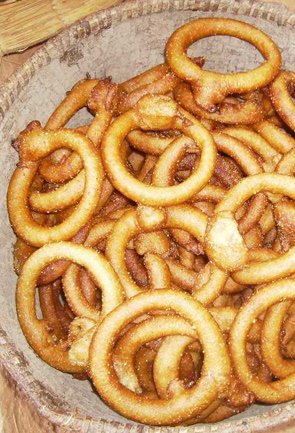


 Plan Trip
Plan Trip Call Us
Call Us Packages
Packages Home
Home